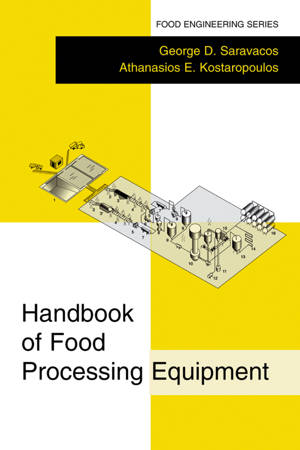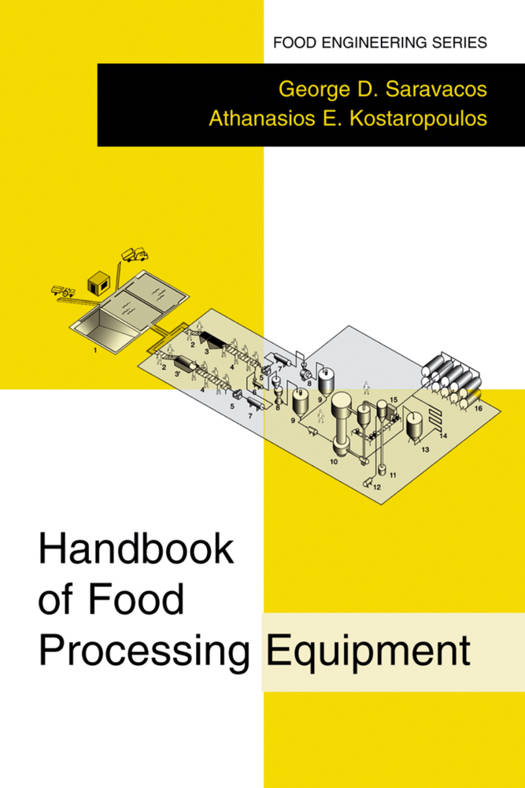
- Afhalen na 1 uur in een winkel met voorraad
- Gratis thuislevering in België vanaf € 30
- Ruim aanbod met 7 miljoen producten
- Afhalen na 1 uur in een winkel met voorraad
- Gratis thuislevering in België vanaf € 30
- Ruim aanbod met 7 miljoen producten
Zoeken
€ 259,45
+ 518 punten
Omschrijving
Recent publications in food engineering concern mainly food process engi- neering, which is related to chemical engineering, and deals primarily with unit operations and unit processes, as applied to the wide variety of food processing operations. Relatively less attention is paid to the design and operation of food processing equipment, which is necessary to carry out all of the food processes in the food plant. Significant technical advances on processing equipment have been made by the manufacturers, as evidenced by the efficient modem food pro- cessing plants. There is a need to relate advances in process engineering to proc- ess equipment, and vice versa. This book is an attempt to apply the established principles of transport phe- nomena and unit operations to the design, selection, and operation of food pro- cessing equipment. Since food processing equipment is still designed empiri- cally, due to the complexity of the processes and the uncertainty of food properties, description of some typical industrial units is necessary to understand the operating characteristics. Approximate values and data are used for illustra- tive purposes, since there is an understandable lack of published industrial data.
Specificaties
Betrokkenen
- Auteur(s):
- Uitgeverij:
Inhoud
- Aantal bladzijden:
- 698
- Taal:
- Engels
- Reeks:
Eigenschappen
- Productcode (EAN):
- 9781461352129
- Verschijningsdatum:
- 21/09/2012
- Uitvoering:
- Paperback
- Formaat:
- Trade paperback (VS)
- Afmetingen:
- 178 mm x 254 mm
- Gewicht:
- 1238 g

Alleen bij Standaard Boekhandel
+ 518 punten op je klantenkaart van Standaard Boekhandel
Beoordelingen
We publiceren alleen reviews die voldoen aan de voorwaarden voor reviews. Bekijk onze voorwaarden voor reviews.











